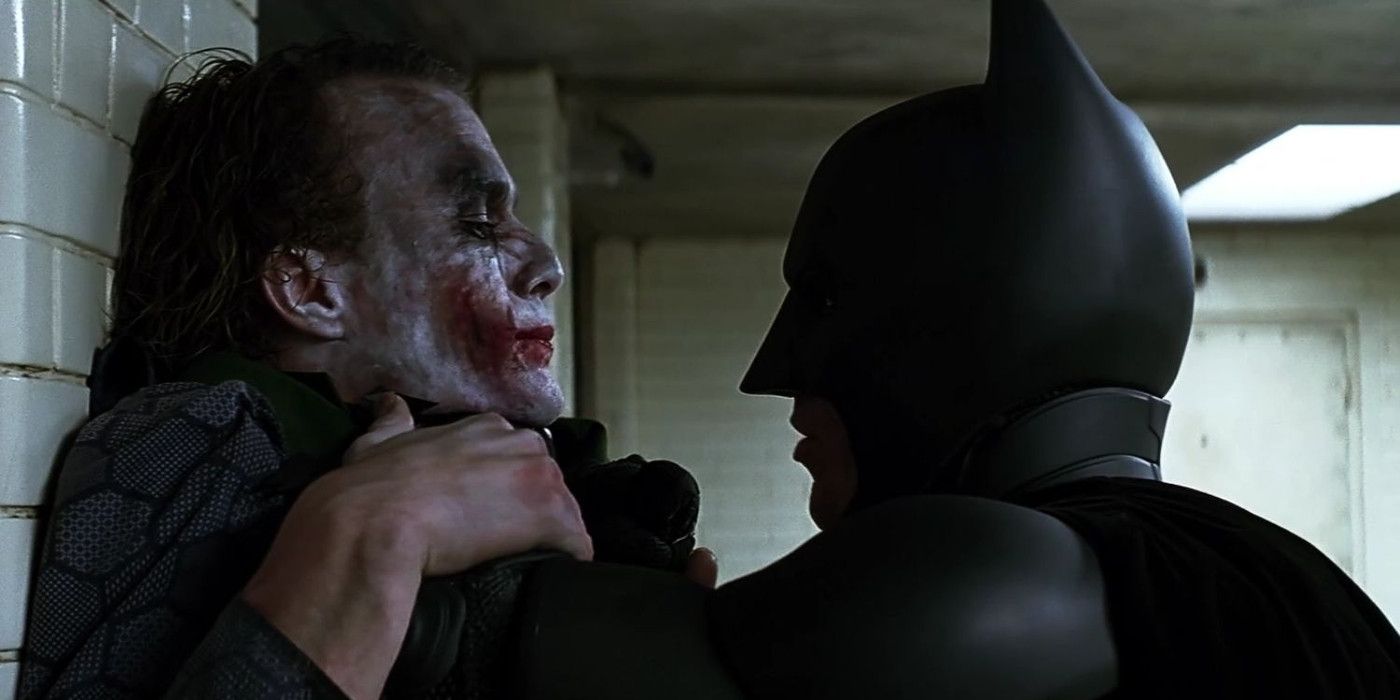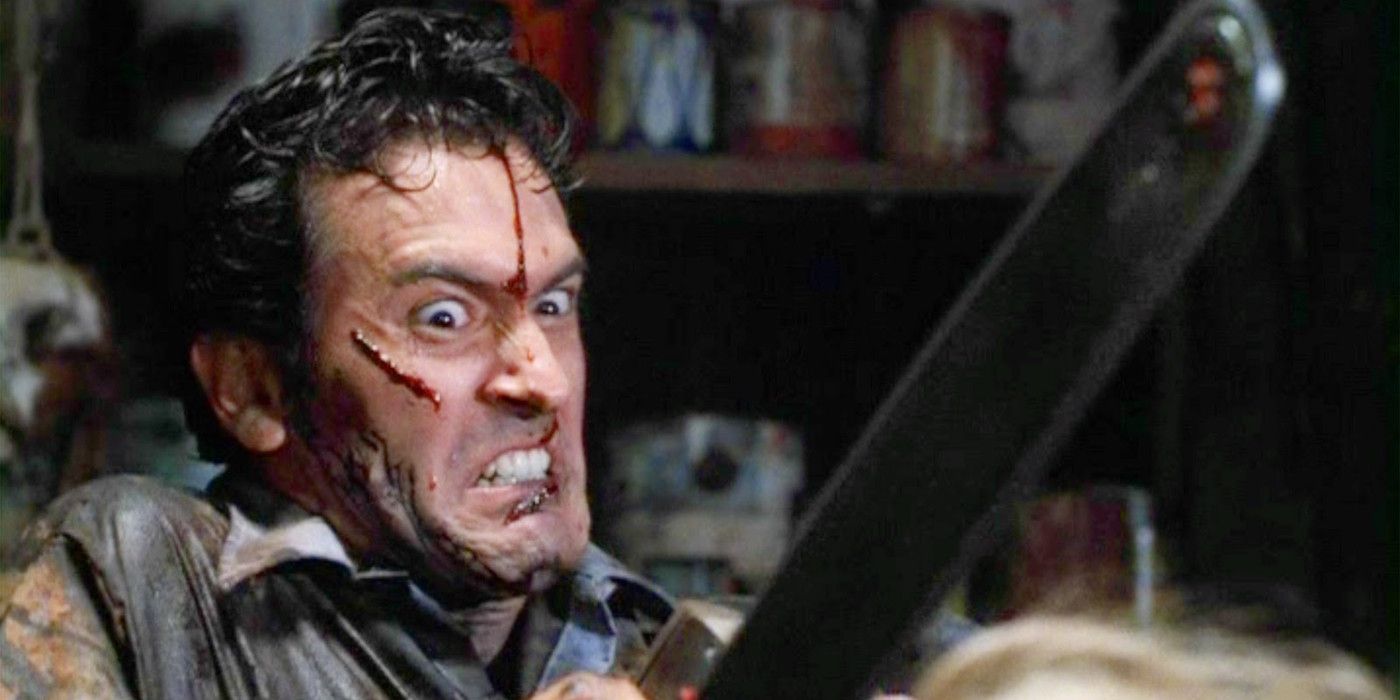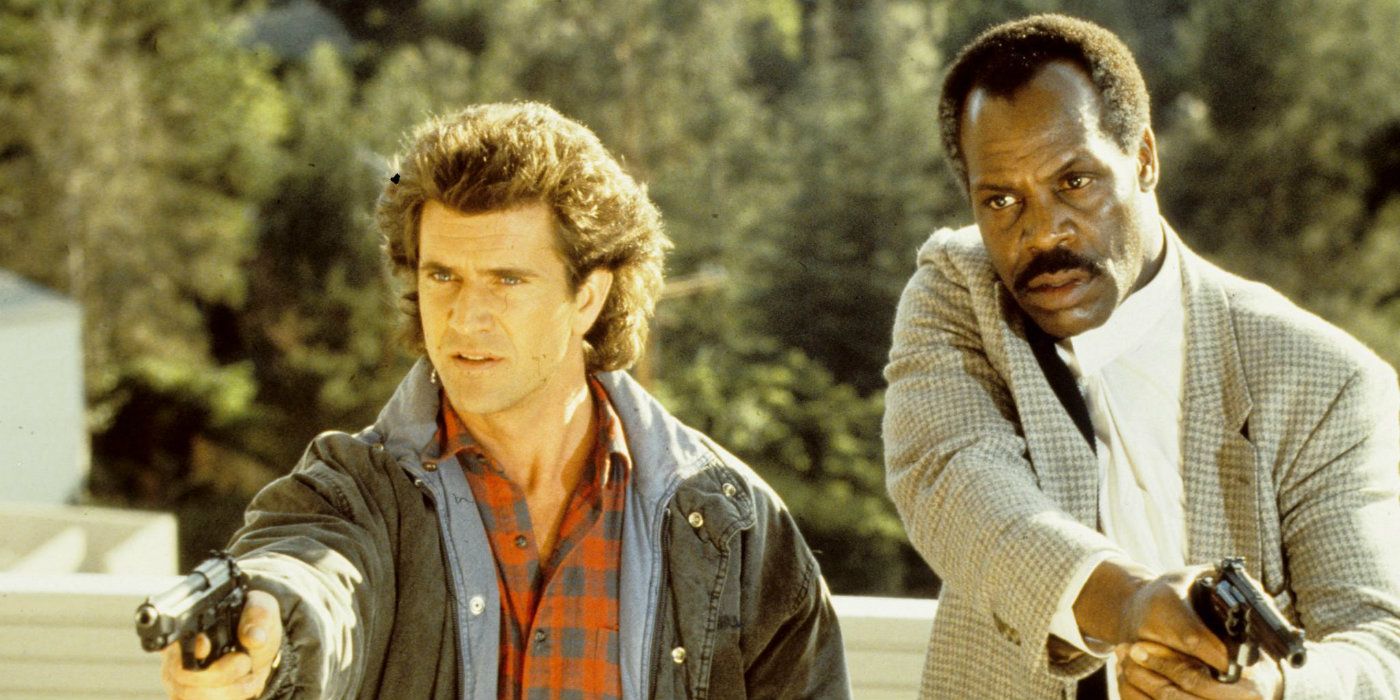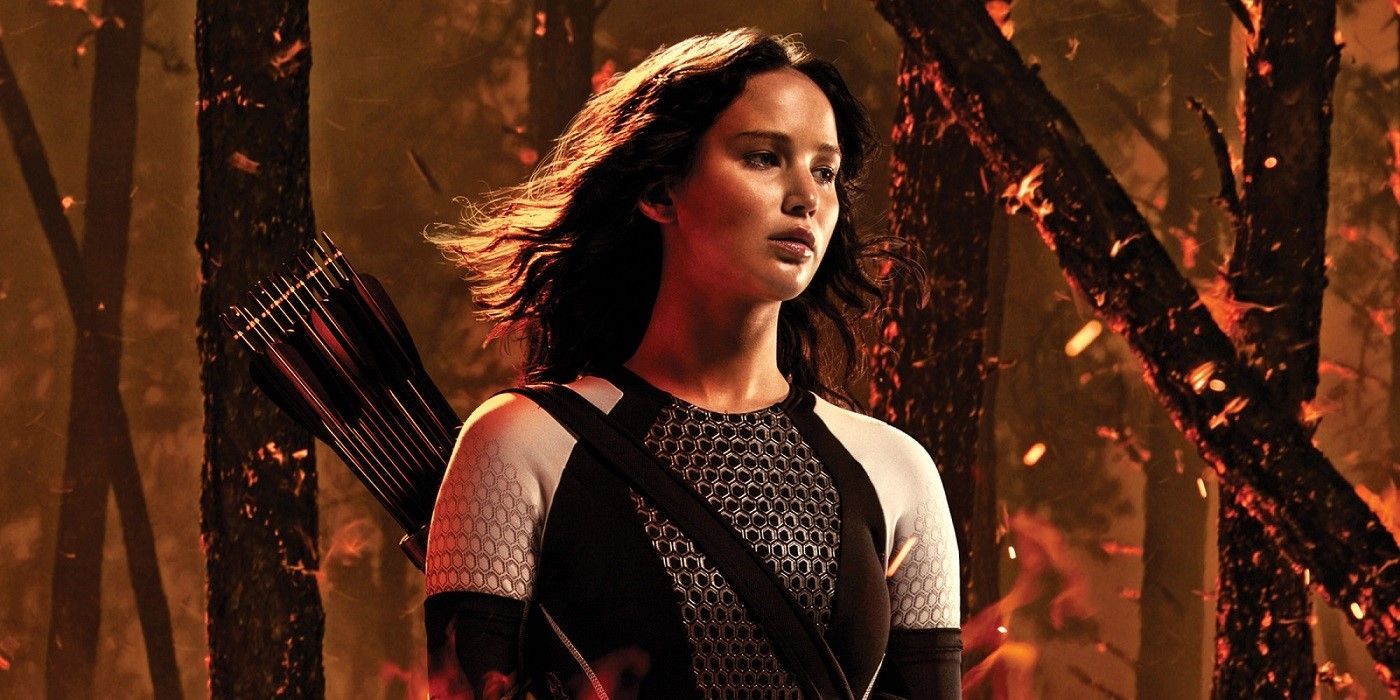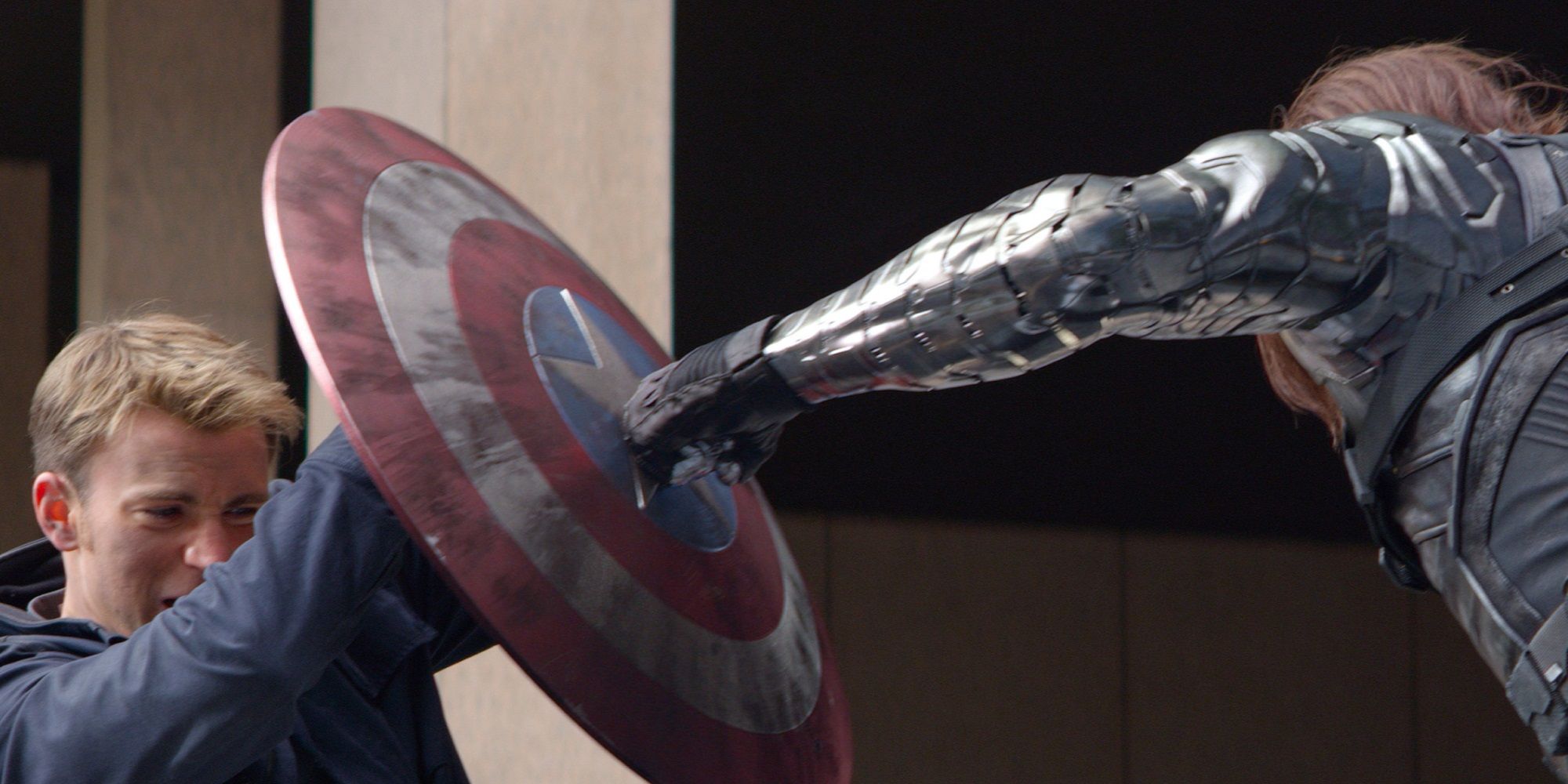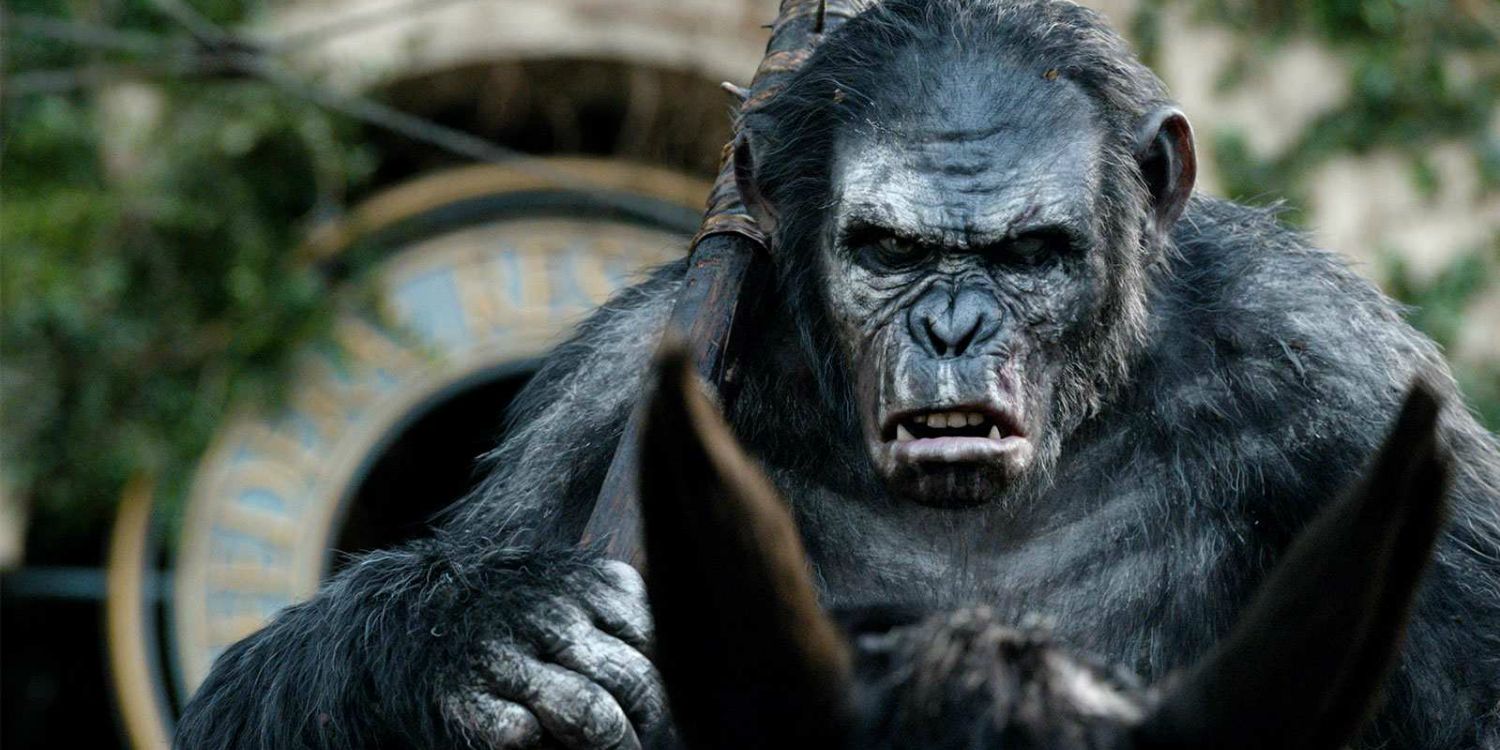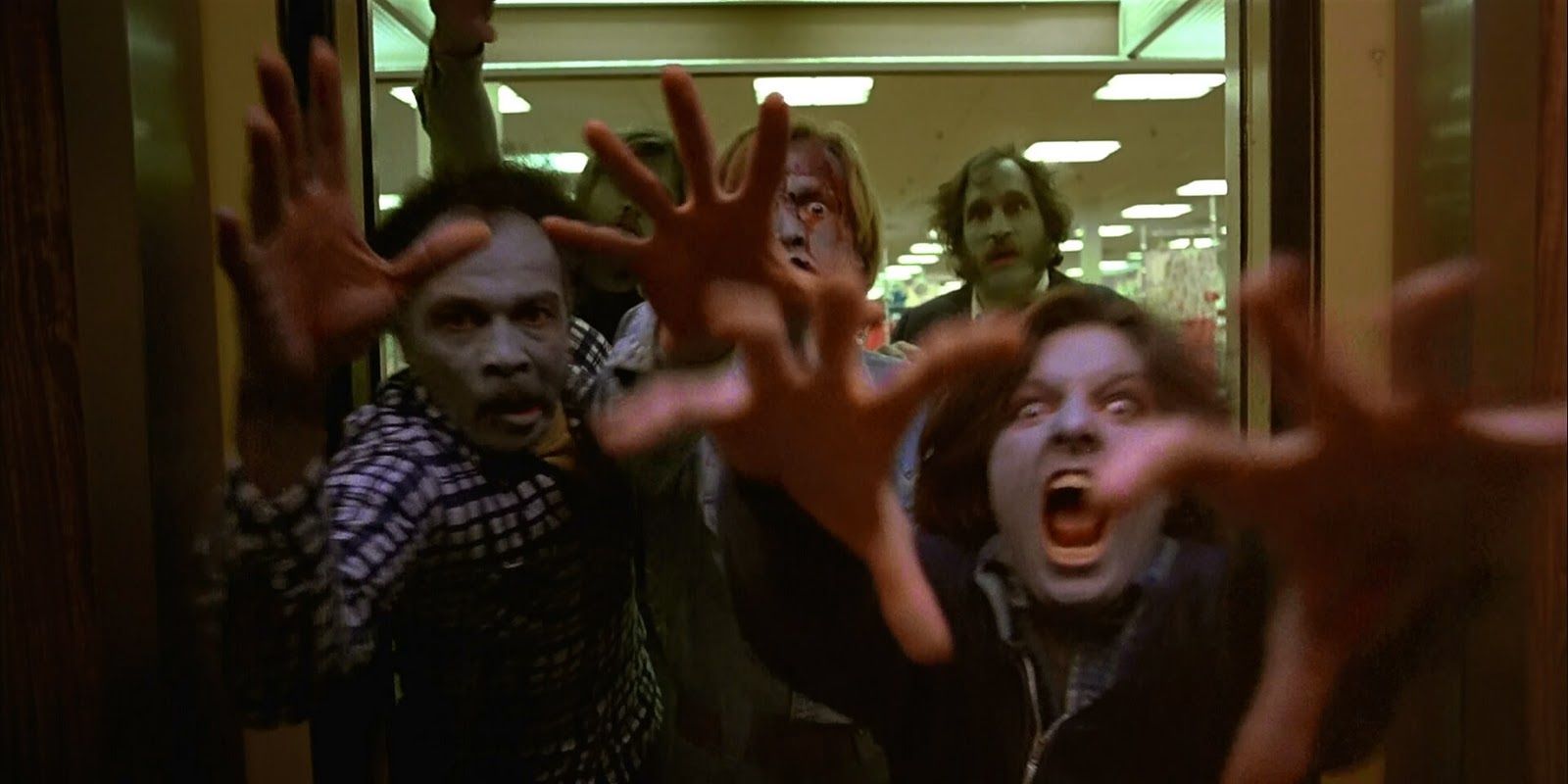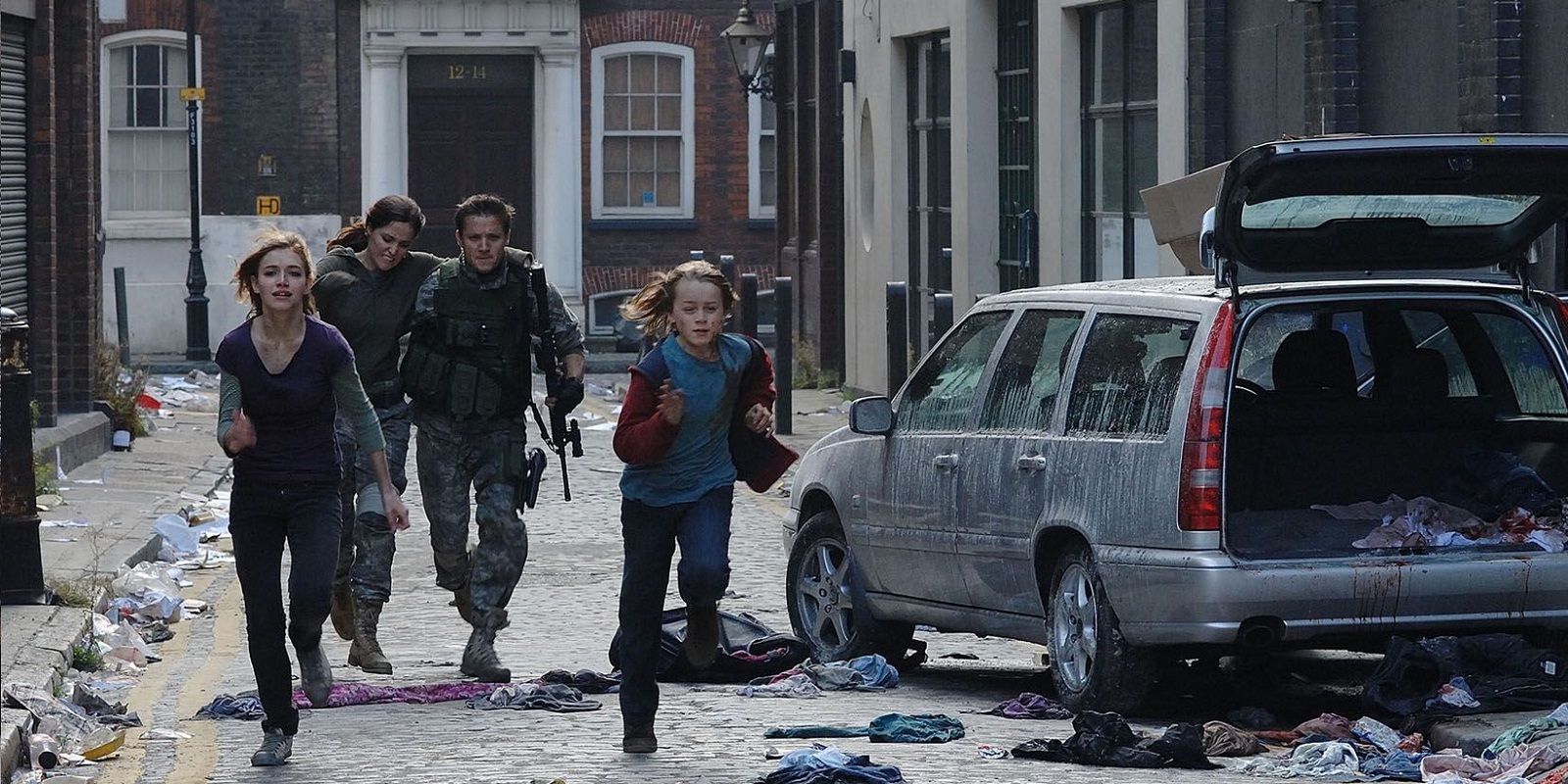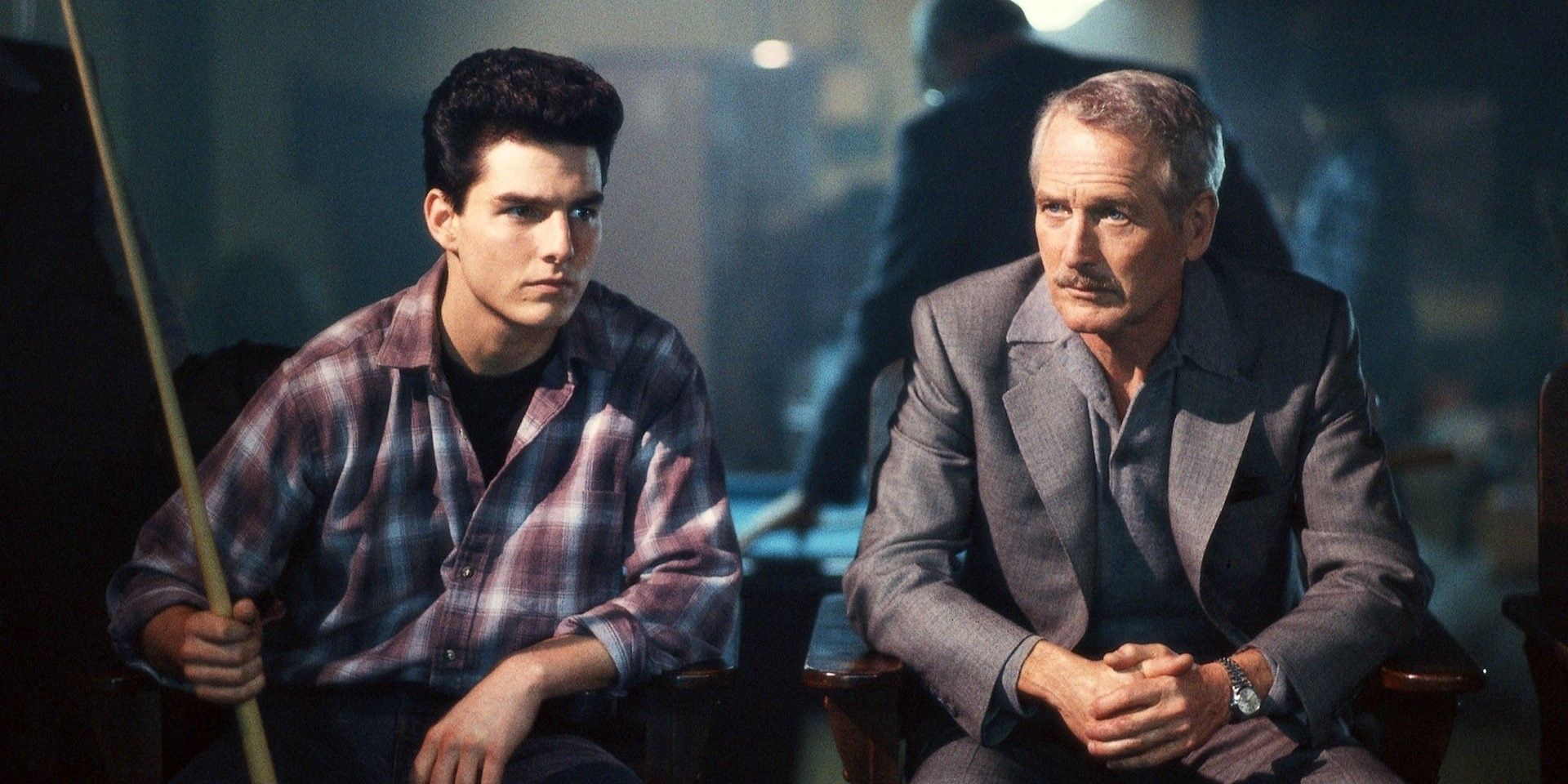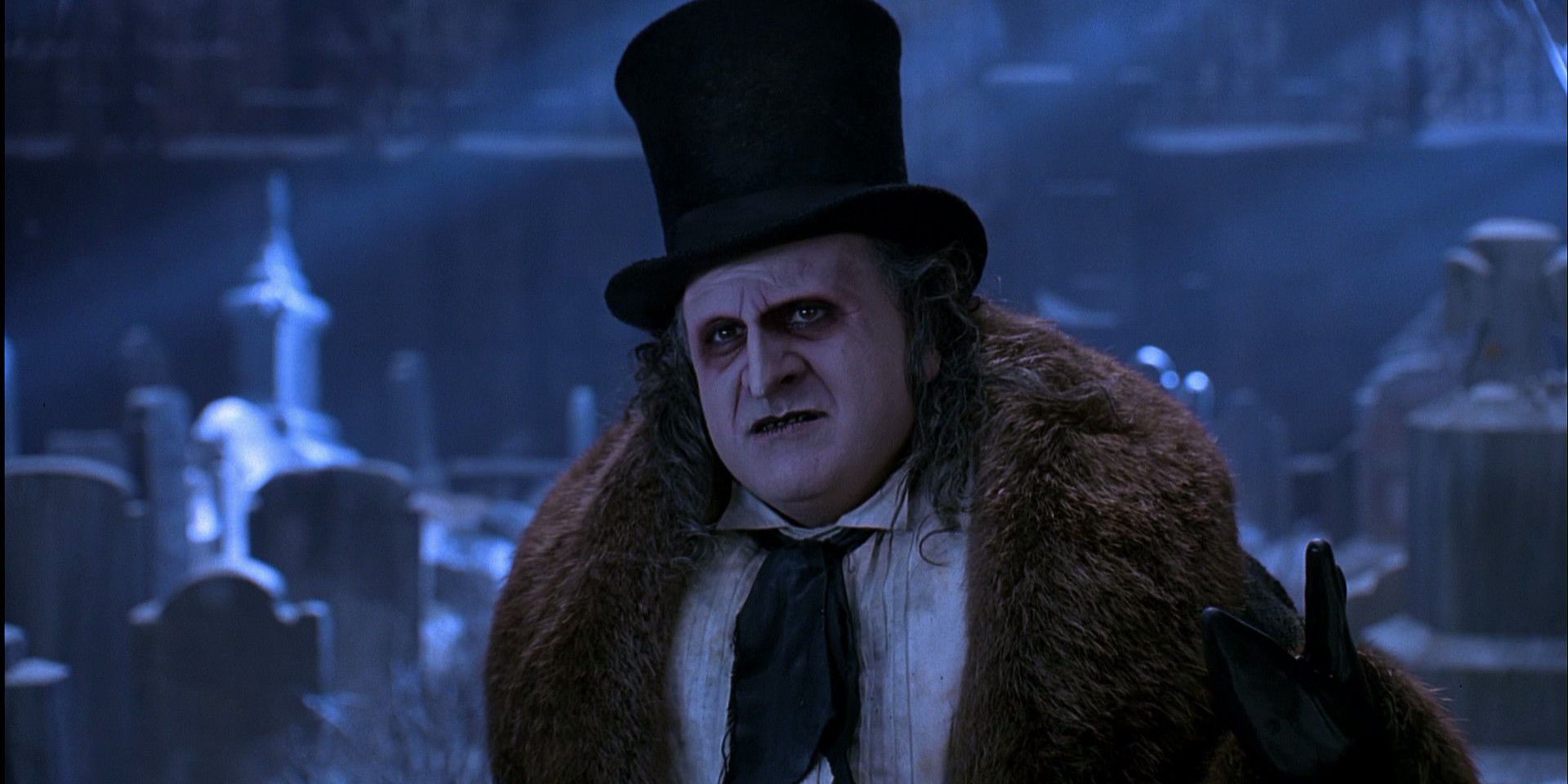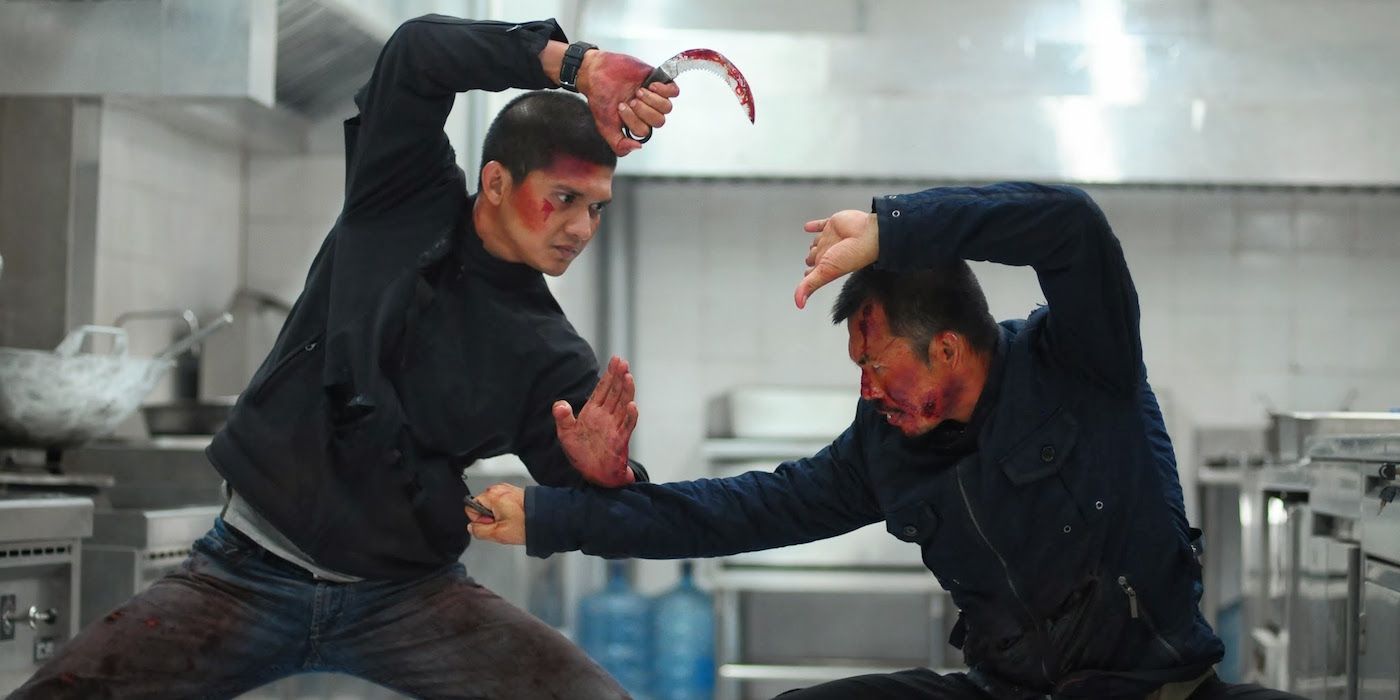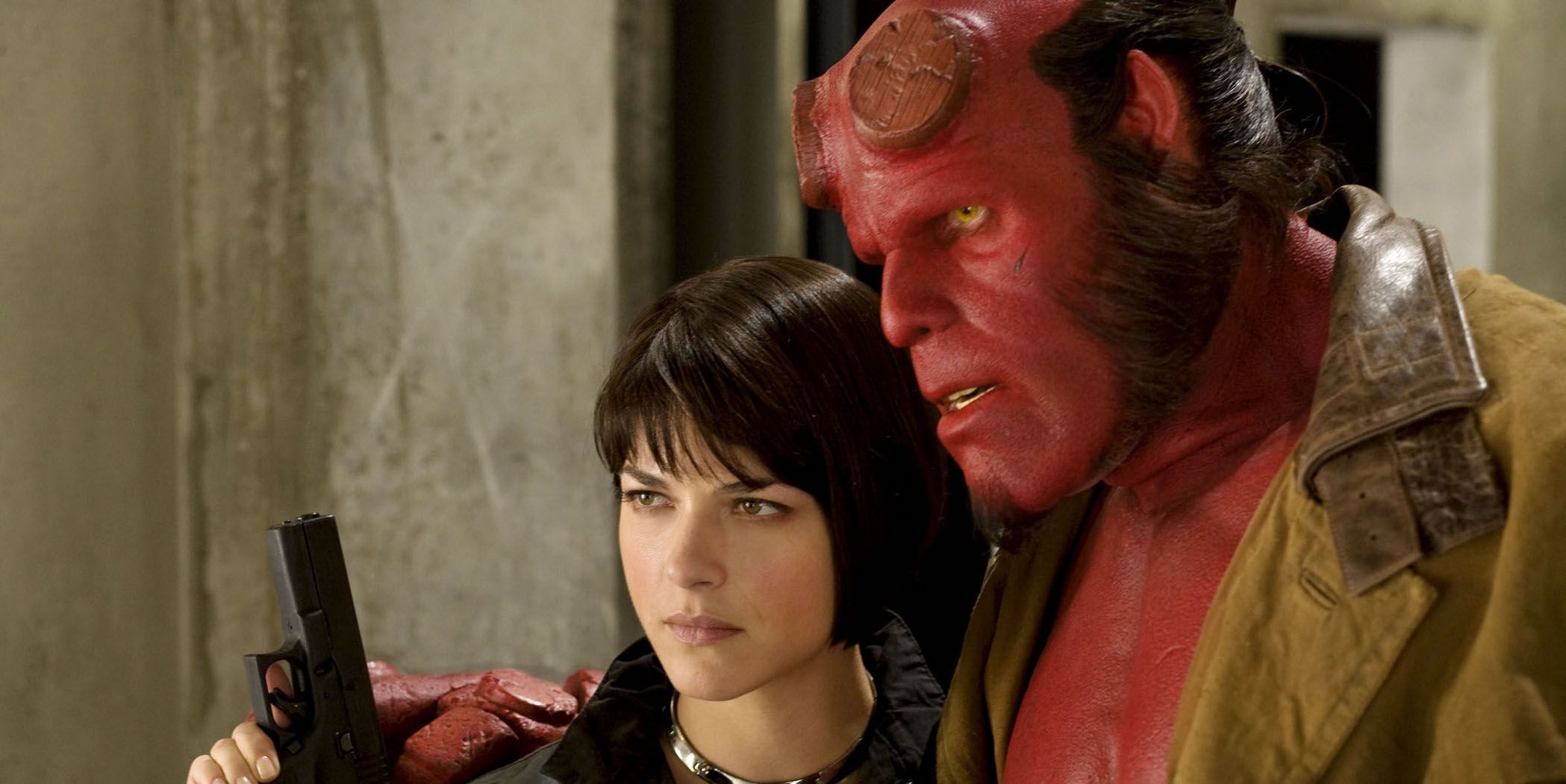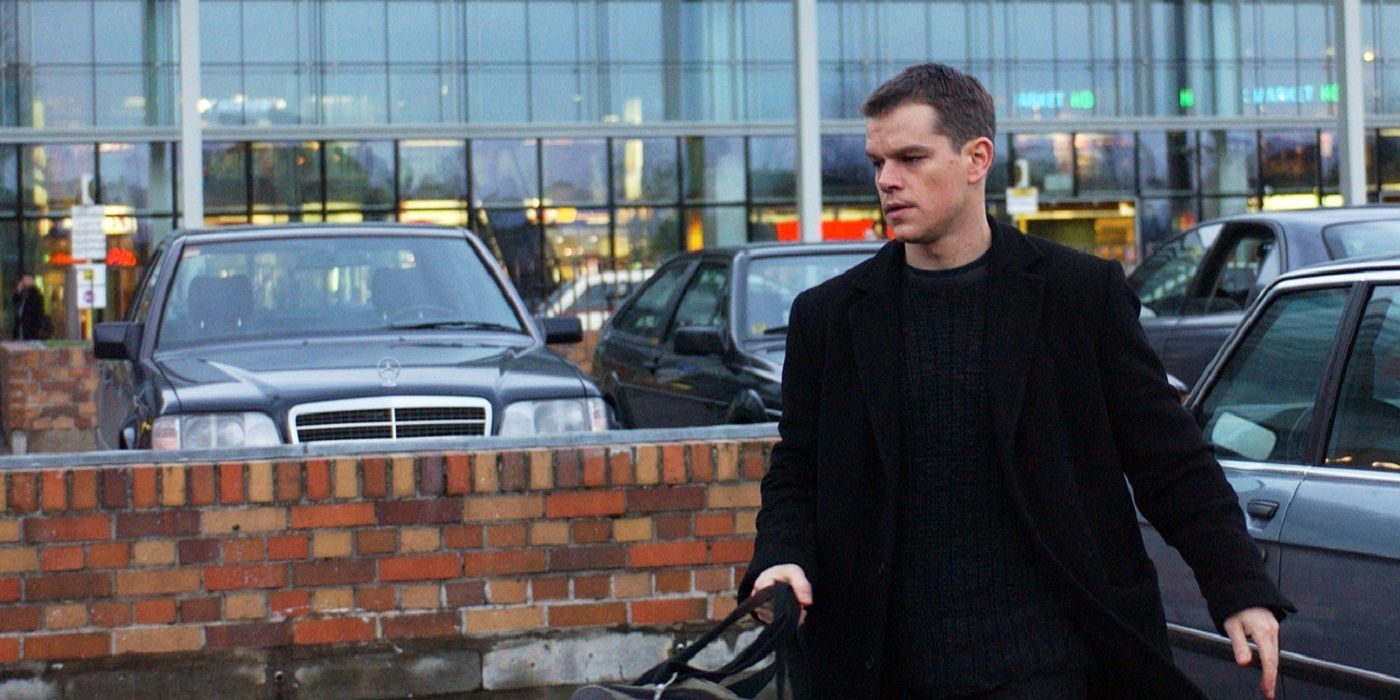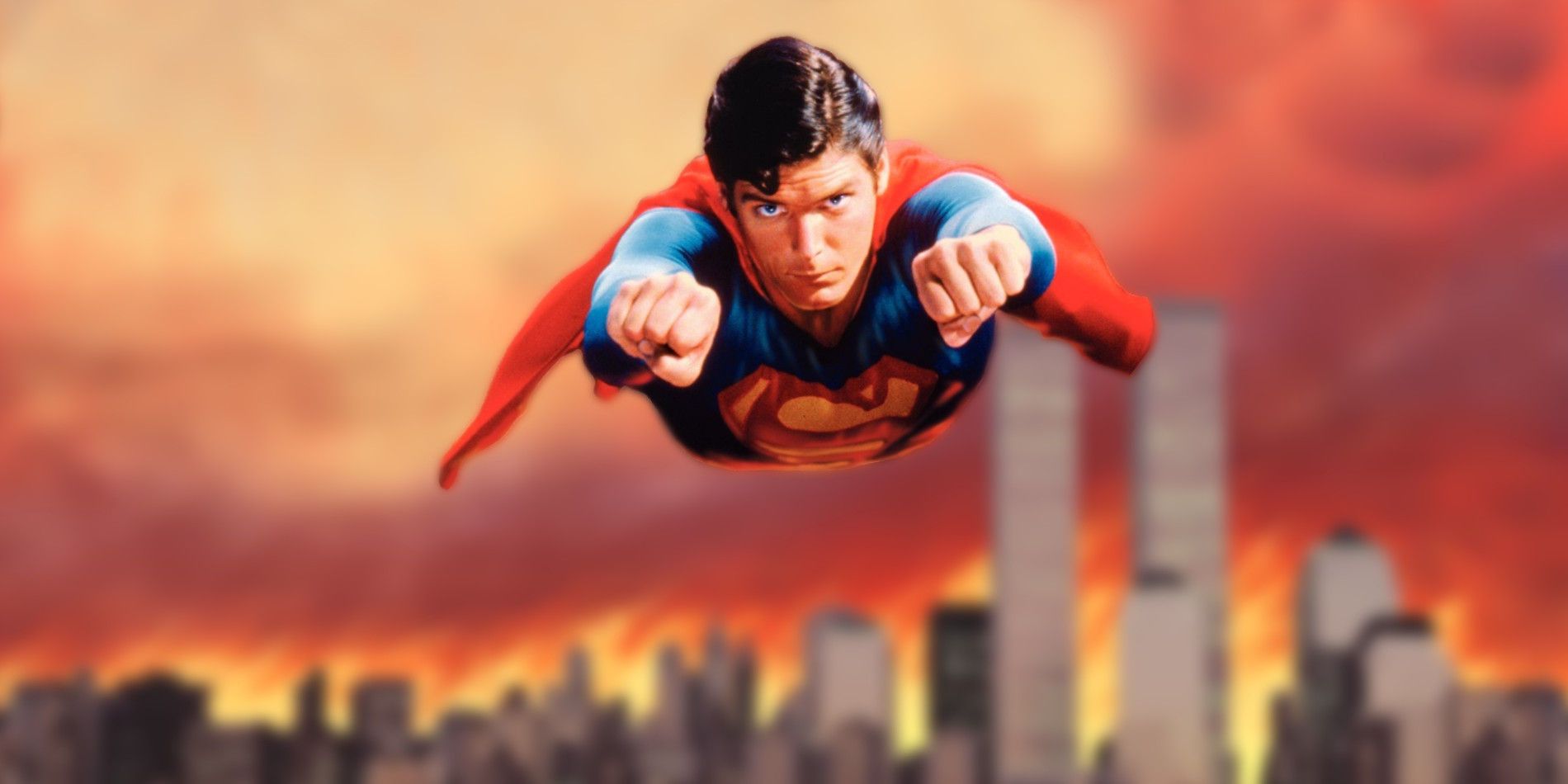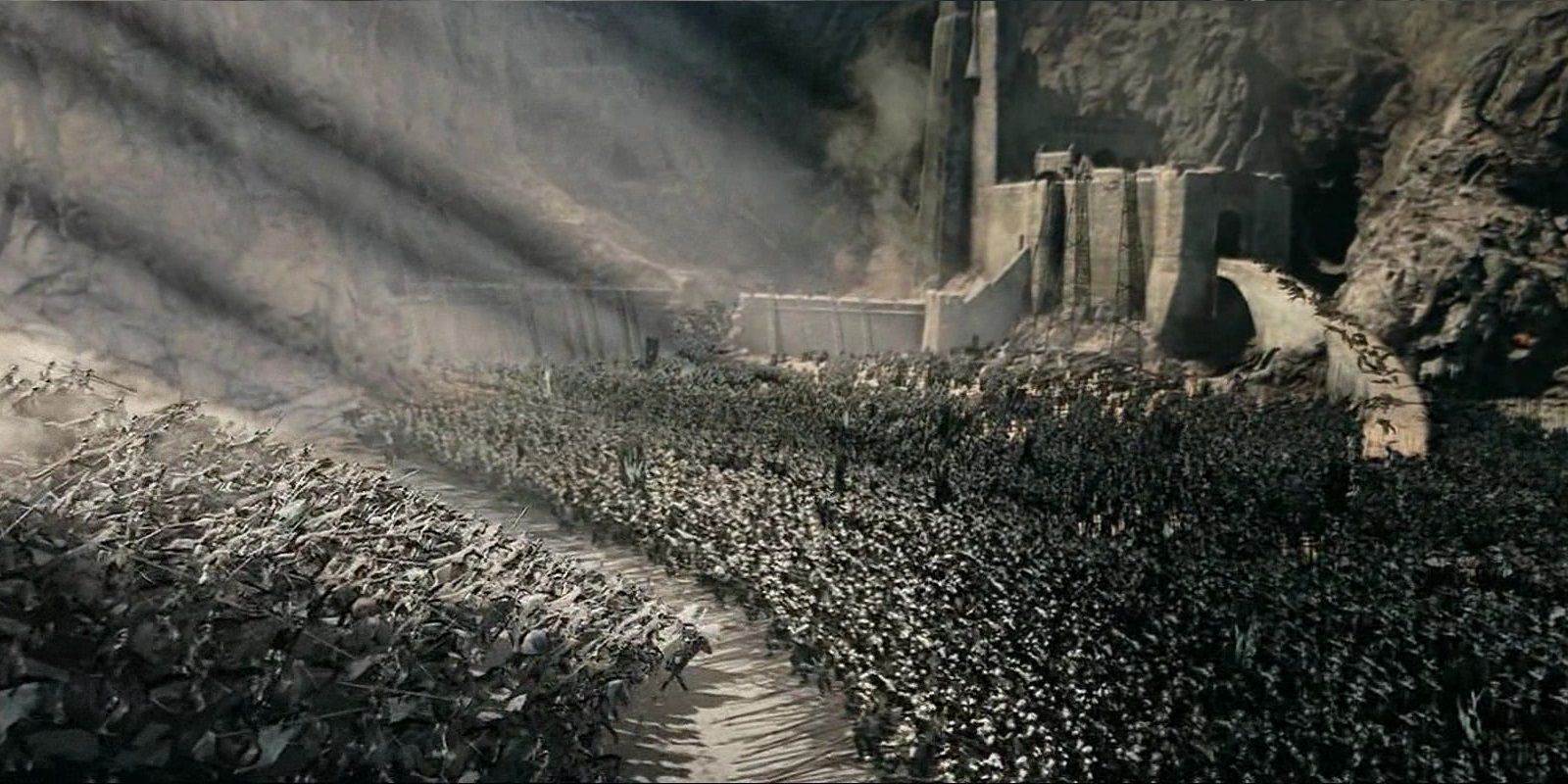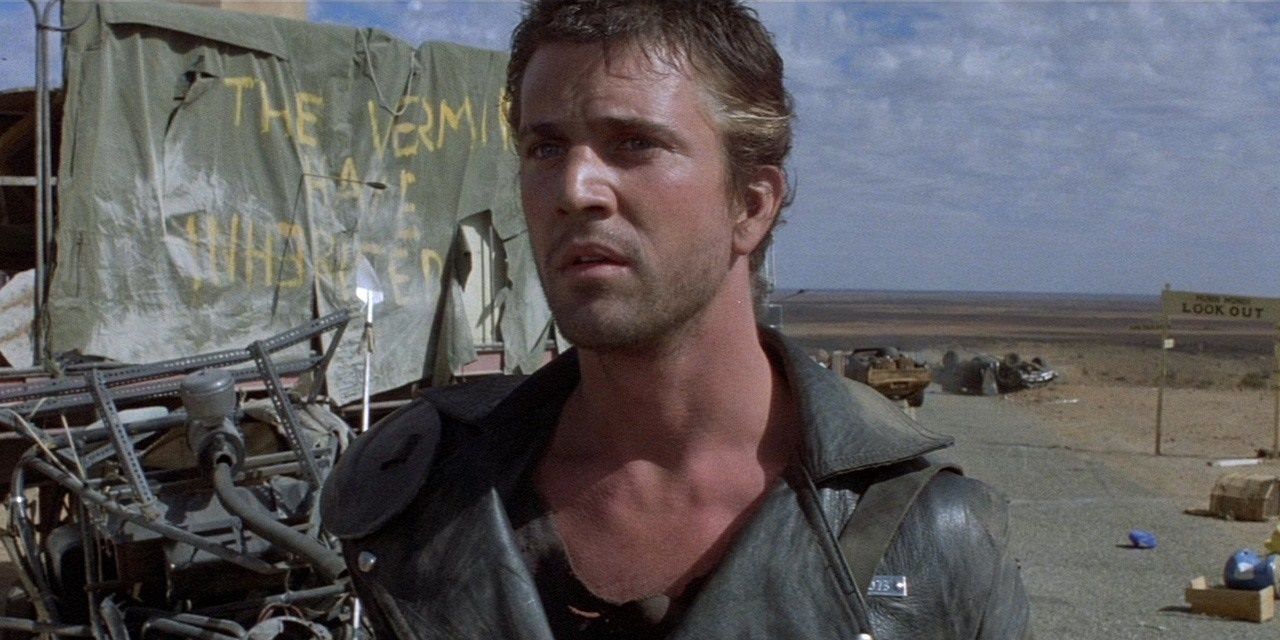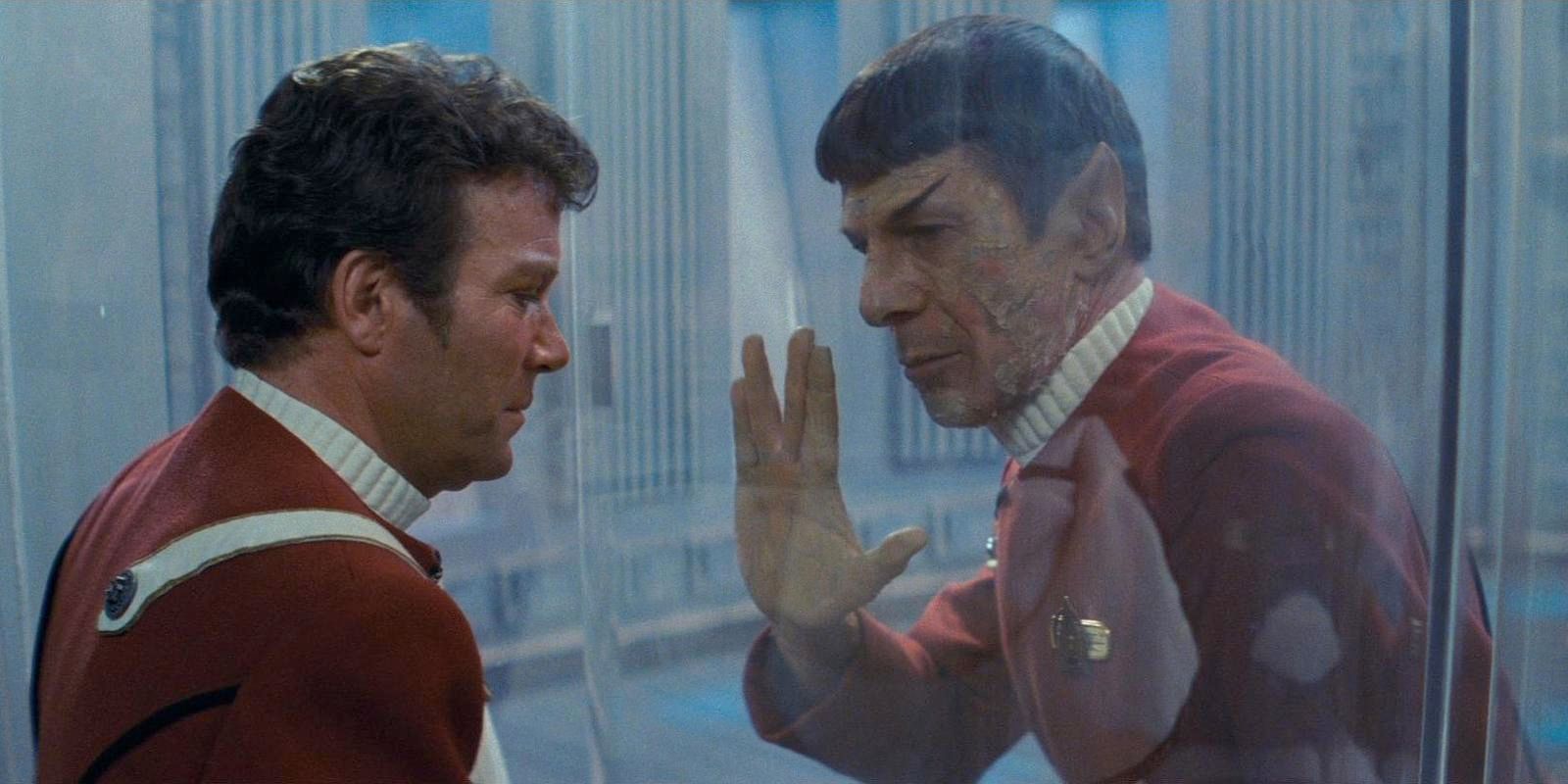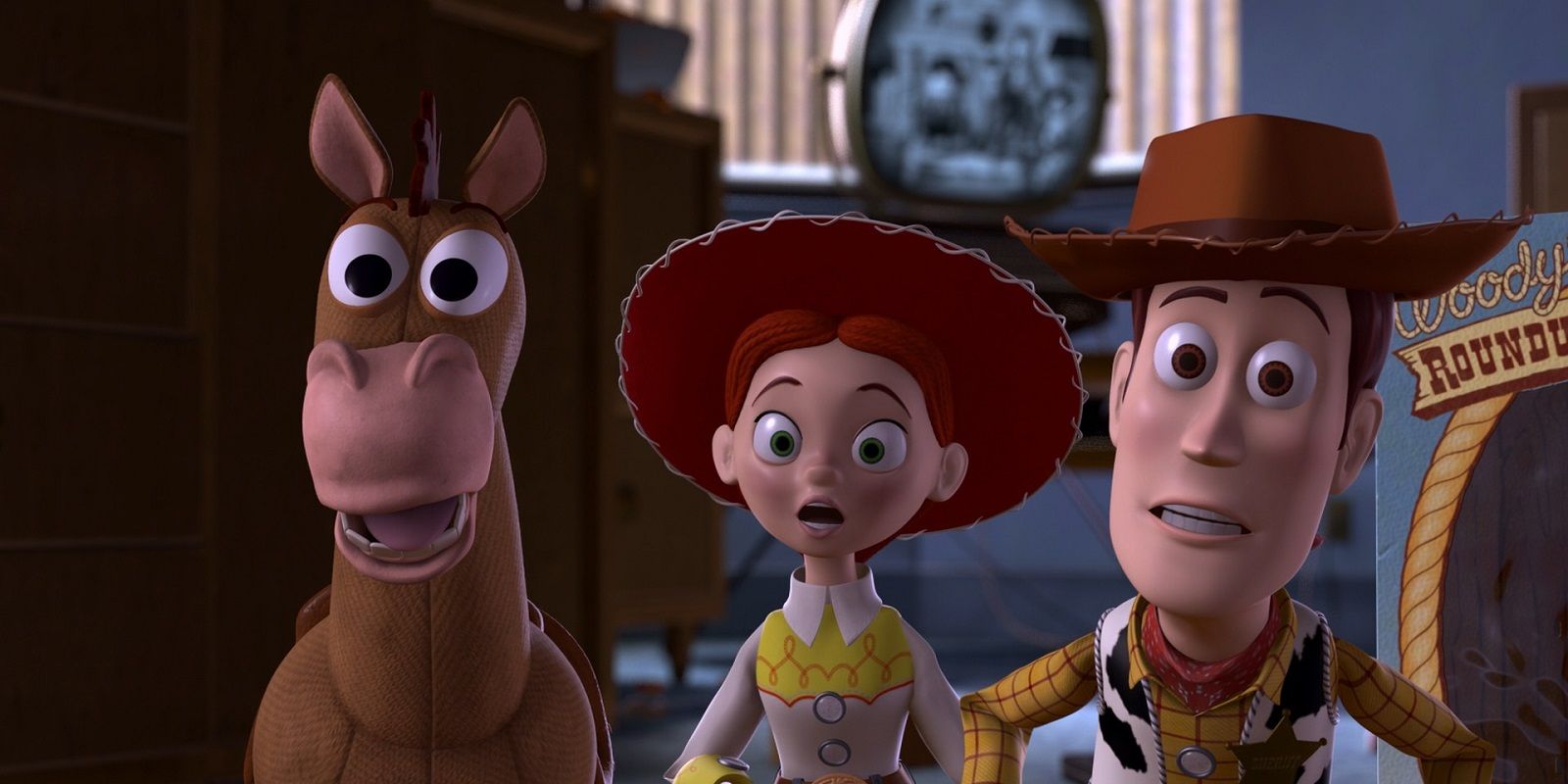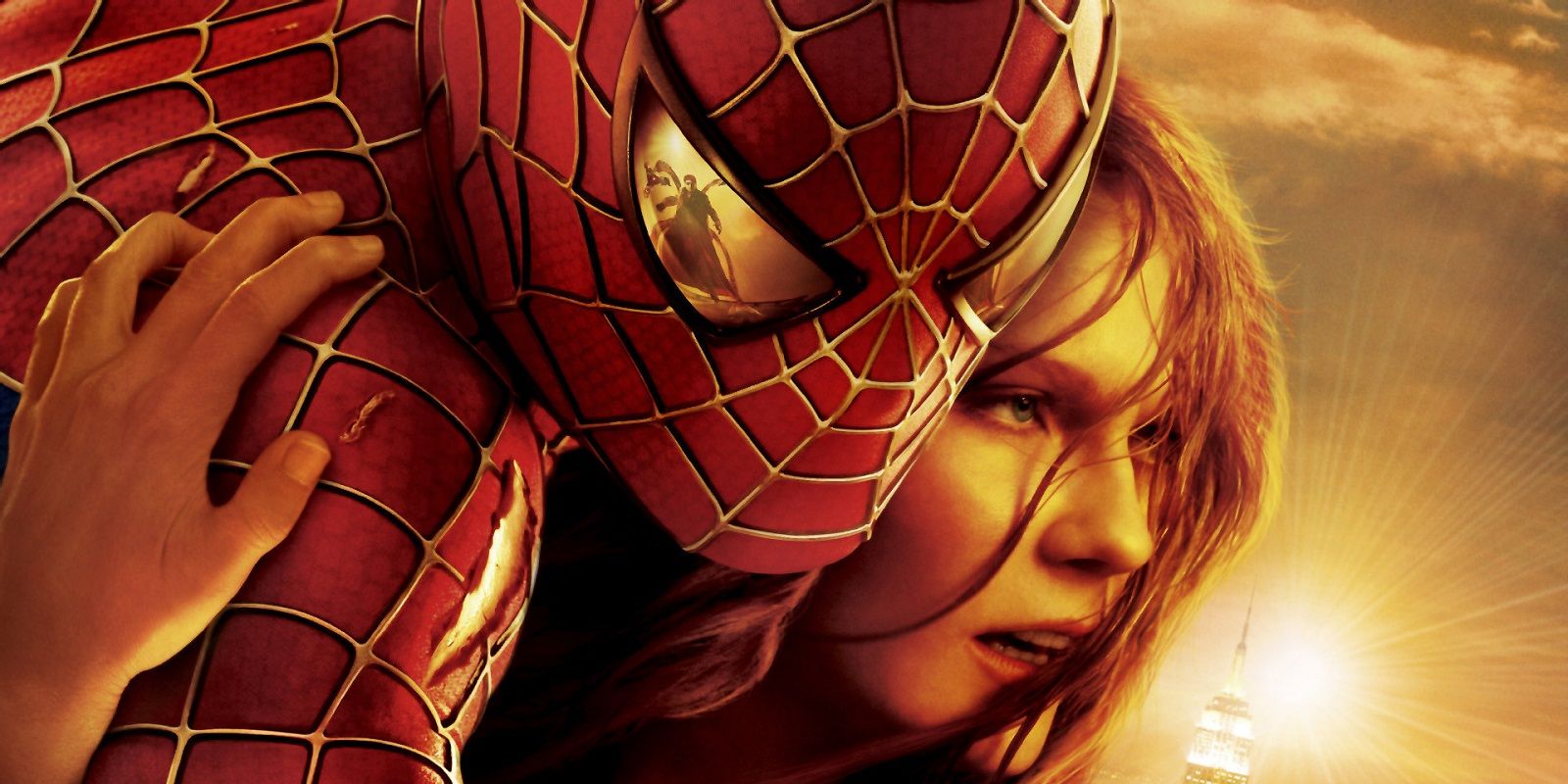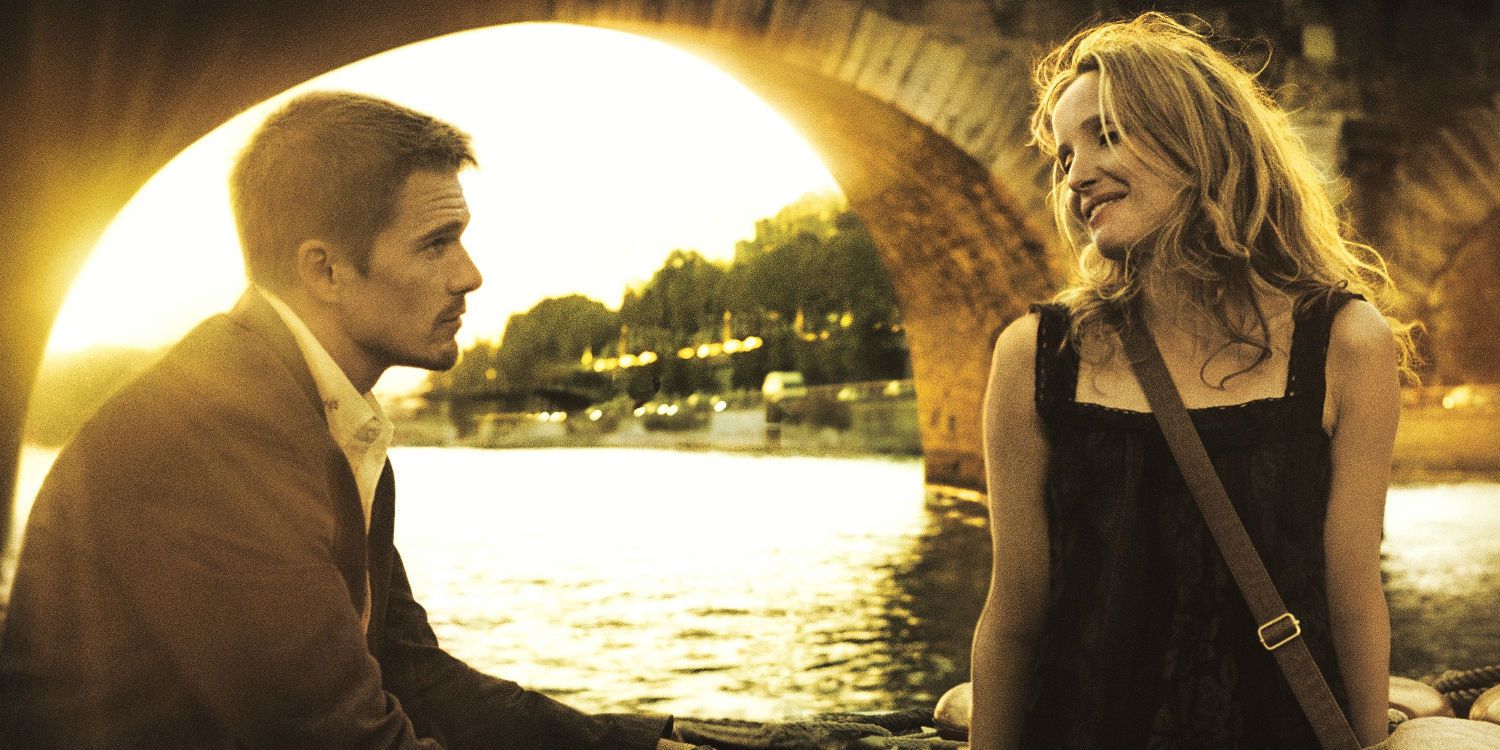Sequels are often incredibly unoriginal. They’re generally designed to give audiences more of what they enjoyed from the first installment, and so can often feel like wastes of potentials. This isn’t always the case, though. Sometimes, sequels actually deepen the themes and ideas initially presented by the first film. These sequels aren’t always expected, although in today’s filmic climate, they’re becoming much more common. The best sequels enrich the first film without completely rehashing the story or character beats.
Every film on this list is a direct sequel, meaning it was produced as the second film, no matter how many were eventually made. Many of these second installments outstrip their predecessors, telling stories without the burden of introducing characters or plotlines. The films on this list work because their makers understand that the ability to tell another story is a privilege, and it’s one that should be handled carefully. These sequels advance the work of their predecessors, but also tell rich and compelling stories in their own right.
Here are the 25 Best Sequels Ever Made.
25. Evil Dead 2
The Evil Dead movies have something of a reputation for mixing comedy and horror, often with delightful results. That fascinating blend was never more apparent than in Evil Dead II, a film that sees Bruce Campbell’s Ash once again forced to fight against a horde of undead in a small cabin in the woods. When Ash’s girlfriend hears an old recording of his college professor reading from the Book of the Dead, she becomes possessed by evil spirits. Naturally, a combination of terror and hilarity ensues.
Every moment in Evil Dead II works. It’s the kind of film that provides so much entertainment from minute to minute that it’s hard to imagine a more enjoyable experience. The genius of this sequel is the way in which it plays with the first film without repeating it beat-for-beat. It creates a dialogue with the original that helps every moment land in ways they couldn’t have otherwise.
24. Lethal Weapon 2
Action movies are often given incredibly low bars of success. Sometimes, though, they give us something greater than we anticipated, and are able to surprise us by outstripping the low expectations we have for action movies going in. With Lethal Weapon 2, whatever expectations viewers had were more than met.
Lethal Weapon 2 took an episodic approach, telling a story that connects to the first movie only through its characters. As we catch up with Riggs and Murtaugh, they find themselves going after a South African smuggling ring. Lethal Weapon 2 treats us to a thoroughly compelling story, one that allows its characters to express their anger with the rules that keep them from fully doing their jobs. Action movies like Lethal Weapon 2 don’t get made anymore, and that’s a real shame. It’s a simple, effective, action film that never pulls its punches. It’s also a pretty great sequel.
23. The Hunger Games: Catching Fire
The Hunger Games saga is a story about war, violence, media manipulation, and one girl caught in the middle of it all. The first film made these themes clear, but it was the second installment that really crystallized them. By treating the violence that the characters experience in the first installment seriously, Catching Fire manages to show us how people deal with the horrifying things they’ve seen. The Hunger Games themselves become an allegory for war, and for how individuals are only pawns in it.
Catching Fire nearly feels like a retread. It, too, features a Hunger Games-- one which unites previous victors inside the arena. The difference, of course, is experience. The players in this game are all wounded, and they’re thinking about much more than mere survival. Katniss Everdeen, the hero at the film’s center, is brooding, withdrawn, and alone. She’s deeply compelling, a hero as complex as the world around her. Catching Fire showcases all of this beautifully.
22. Captain America: The Winter Soldier
Captain America: The Winter Soldier didn’t have to be great. It didn’t even have to be good. The Avengers had made a boatload of money only a few years before, and the sequel was coming just a year after. Instead of phoning it in, the Russo brothers went out of the way to make a tight, impactful film about issues of privacy in modern America. Captain America: The Winter Soldier is one of the most morally grey films in the Marvel Cinematic Universe, and it’s also one of the very best.
The film manages to capture the feeling of a spy thriller, giving audiences enough twists and turns to stay on the edge of their seats. The film has some decidedly great action sequences, including one in an elevator that fans will continue to discuss for many years to come. The Russo brothers took the best aspects of Captain America and gave them a serious feeling. It’s not always a serious film, but it’s always captivating, and that’s even better.
21. Dawn of the Planet of the Apes
Rise of the Planet of the Apes was a surprising hit. It was a prequel to the stories of Planet of the Apes that no one really asked for, but it surprised everyone with its interesting story and competent filmmaking. The sequel, Dawn of the Planet of the Apes, proved to be even better than the first installment, turning Caesar, the hero of the first film, into a complicated figure forced to deal with life in the wild.
The sequel is set ten years after Rise, and it shows audiences a world in which humanity has been largely destroyed. The human characters in this story are secondary, though, to the apes who betray one another and deal in various degrees of mistrust for the humans they encounter. On the whole, it’s easy to forget that the major players in this film are mostly apes. The human are largely afterthoughts, thanks at least in part to wonderful motion capture performances from Toby Kebbell and the king of motion capture, Andy Serkis. Dawn of the Planet of the Apes deepens the ideas of its predecessor, and proves itself to be an incredibly immersive and thought-provoking experience.
20. Dawn of the Dead
Dawn of the Dead is one of the most definitive horror classics of all time. That's an achievement that’s lasted more than thirty years, and it’s one that many movies have attempted to emulate since. What this film gets so very right, though, is scale. Dawn of the Dead tells the story of four survivors trapped by zombies inside of a shopping mall. All they are looking for is a way to survive, and the story brings this idea to light.
Expertly directed by George Romero, Dawn of the Dead created the template for the zombie horror film that is still used and parodied to this day. Fortunately, Romero’s sequel still holds up today. Equal parts thrilling, terrifying, and dramatic, Dawn of the Dead is one of the few horror films that doesn’t rely on easy jump scares to terrify its audience. The fear we feel is much more intimate than that. It’s not based in shock, it’s based in emotion, and it’s all the more effective for that very reason.
19. 28 Weeks Later
The sequel to 28 Days Later works because it chooses to largely diverge from the first installment. Abandoning the characters of the first film, it takes on an entirely new cast and storyline, following the attempt to repopulate Britain now that the "rage virus" victims have largely starved to death. Helping with the effort are American soldiers, who believe the threat of the virus is passed - and of course, they are completely wrong.
28 Weeks Later showcases what a sequel can do when it chooses to abandon its characters. In this film, it’s the circumstances we are familiar with. 28 Weeks Later allows us to feel the horror at the mistakes being made, and helps us to understand that, despite their assurances that the danger has passed, it actually couldn’t be more present. 28 Weeks Later employs dramatic irony, forcing us to reckon with the fact that we know more than the characters in the story.
18. The Color of Money
The Color of Money was a sequel to The Hustler, a rarity for Scorsese. The film gave us a young pool fiend in Tom Cruise, a character who was mentored by Paul Newman’s “Fast Eddie” Felson until the pair fall out. When they eventually meet again, the face-off that follows is truly worthy of the actors involved. Scorsese’s choice to make a follow up to The Hustler is justified by that scene alone, but the entire film brims with both style and substance.
What’s fascinating about this film is the way it creates an opposition between youth and experience. This is the struggle at the heart of many films, but The Color of Money creates an explicit battle in the form of a single pool match. It becomes about who’s right and who’s wrong, but the conclusions are not as simple as one might expect. This is a Scorsese film, after all.
17. Batman Returns
Batman Returns is vintage Tim Burton, but in all of the best ways. His instincts transform the caped crusader into something stranger and darker than he had ever been. This film has often been described as more about its villain than its hero. Between the Danny DeVito’s Penguin, Christopher Walken’s Max Schreck and Michelle Pfeiffer’s Catwoman, it’s easy to see how Batman himself could get a little lost.
What’s fascinating about Batman Returns, though, is the way in which it uses the personas these characters assume as a window into their souls. These are characters who, like the best Tim Burton characters, are completely defined by their appearance. Penguin is obviously a freak, but, importantly, Batman sees himself the same way. The pair develop their personas in an attempt to embrace what they really are, but their struggles become externalized as they war with each other. Each of these characters becomes a piece in Tim Burton’s puzzle, exactly as they should be.
16. The Raid 2
The Raid 2 is, in many ways, a traditional sequel. It uses the ending of its predecessor as a starting point, and nothing more. Because of Rama’s exploits in defeating the criminals who antagonized him in The Raid, he has attracted an even more dangerous group. These new criminals force Rama to go undercover in prison in order to protect his family.
What works about this premise is that the events ring true. Rama would like nothing more than to return to the life he led before The Raid, but it’s almost too late for that now. Of course, The Raid 2 also benefits from several truly outstanding fight sequences, each of which manages to outdo what has come before it. When Rama is finally forced to put his life on the line, it’s impossible to underestimate the incredible amount at stake. Perfectly executed on every level, The Raid 2 is a great film and a great sequel.
14. Hellboy II: The Golden Army
Hellboy is not a franchise that many think of when they discuss superhero classics, but the results don’t lie. Guillermo Del Toro’s work behind the camera certainly has plenty to do with the film’s placement on this list, but the cast of characters these films assemble certainly do their part as well. Rob Perlman’s portrayal of Hellboy turns the character into something three-dimensional, adding layers that you really wouldn’t expect from someone with horns. The supporting players are just as memorable, and their interactions with one another make the whole film come alive.
Really, though, Hellboy II works so well because the characters at its center and the visuals that support them work in concert with each other. As a result, the film feels like a united whole, a playful romp that never forgets what it’s really about. Hellboy II is what all comic book movies should be. It’s fun, and it’s serious, and above all else, it’s seriously fun.
15. The Bourne Supremacy
The first Bourne film directed by Paul Greengrass, The Bourne Supremacy showcases all of the best aspects of the Bourne series. After the character is framed for the theft of millions of dollars and loses his girlfriend, he becomes vengeful and righteous. The darkness hidden inside the character is revealed in this film, and it provides an incredible amount of dramatic fodder. At the same time, Supremacy is aware of its existence as an action film, and behaves accordingly.
There are several different sequences that could each be standouts in any other action movie, and the film as a whole benefits as much from Greengrass’s direction as it does from Damon’s iconic performance. Jason Bourne is a character for the ages, and Damon’s work turns the character into someone both unknowable and familiar. The Bourne Supremacy is a second installment that tells its own story while enriching the first, creating a franchise that still exists today.
13. Superman II
It’s hard to imagine a world without the groundwork laid by Superman II. Although it may seem dated today, Superman II was actually one of the first superhero sequels ever, and it remains one of the genre’s very best. What works so well about Superman II is its depiction of its central figure. This is the film where Clark decides to renounce his title as Superman in favor of a normal life with Lois. That life is short-lived, though, as General Zod arrives to threaten the planet with destruction.
Superman II understands the burden of being superhero better than most modern superhero films. It works because it treats these problems seriously, and because it understands that there are problems Superman faces that have nothing to do with fighting or explosions. Superman II is a true superhero classic and one that modern Superman movies never seem to quite live up to.
12. The Lord of the Rings: The Two Towers
The Lord of the Rings is a famously great trilogy. Oftentimes, The Two Towers feels like its lowest point, which admittedly isn’t saying a lot. The Two Towers is a remarkably well-paced second installment, though, and one that proves to be an even more impressive achievement than The Fellowship of the Ring. The Battle for Helm’s Deep is likely the most singular battle achievement of the entire trilogy, and it’s surrounded by some of the most iconic scenes of the entire trilogy.
It’s worth mentioning that, unlike many second installments in a trilogy, The Two Towers ends on a note of optimism. Sam and Frodo discuss the stories they will tell when the adventure is over, even as we discover that Gollum has other things in mind. The Two Towers works because it organically continues the story that the first film began, and proves that these characters are compelling, even when they aren’t united in a Fellowship.
11. Mad Max 2: The Road Warrior
Everyone’s still thinking about Fury Road, the first entry in the Mad Max saga in thirty years. Before there was the phenomenal Fury Road, there was Mad Max 2: The Road Warrior. In a sense, these two movies work well as a pair. While The Road Warrior was made on a smaller budget and is much more focused on Max himself, it fits neatly into the Mad Max franchise, and is actually one of its best installments.
In The Road Warrior, we follow Max as he attempts to defend a basically peaceful group against the roving attackers who seek to do them harm. The film is an exploration of the isolation that Max often feels, and it paints him as a character who is at once heroic and ambivalent about his own heroism. Max’s natural inclination to help other people endanger him, and he knows this and acts anyway. In its own way, that kind of heroism is the most pure. Max asks for nothing, and he only wants to help. The Road Warrior is a testament to those qualities.
10. Stark Trek II: The Wrath of Khan
Star Trek is an institution. It’s a series of films and TV shows that will likely never end, and one that everyone has heard about in some capacity. The Wrath of Khan might represent a pinnacle for the Star Trek brand. The Wrath of Khan is really the perfect Star Trek story. It captures the love Spock and Kirk share with one another, and manages to be a rip-roaring space adventure at the same time.
The film itself follows Kirk as he reunites with Khan, a foe he believed he’d never see again. The pair face off when several of Kirk’s crew are kidnapped, and Kirk himself is forced to resume his position as captain of the Enterprise. As the film moves along, what is most surprising about it is the weight that every scene carries. Despite its fantastical premise, The Wrath of Khan is proof that the characters of Star Trek have an actual gravitas to them. Bolstered by strong writing and performances, The Wrath of Khan proves itself to be the crowning jewel of the Star Trek canon.
9. X2: X-Men United
The X-Men franchise has never been the easiest to describe. Consistency is not its strong suit, and while some entries feature enormous highs (First Class, Days of Future Past), others are egregiously unbearable (The Last Stand). Many agree that X2: X-Men United is among the best films the franchise has ever produced. It’s an effective sequel that builds on the world established in the first film, enriching characters and providing a template for many superhero team-up films that we see today.
X2 deepens the ideas at the core of the X-Men universe, the ones that treat superpowers like something to be hidden, something that makes you strange in some irreconcilable way. It has its fair share of tight action set-pieces, including the opening scene of Nightcrawler in the White House, which is still one of the best action scenes in the history of superhero cinema. All in all, Bryan Singer’s second X-Men film may be his best and an all-around entertaining experience.
8. Toy Story 2
Toy Story singlehandedly changed the game in animation. It established Pixar as a brand, and forced everyone to reckon with the power the studio would possess moving forward. If the first Toy Story was one about being replaced, the second was about obsolescence and the idea that growing up sucks for the toys that get left behind. In truth, Toy Story 2 deserves its place on this list for the story of the way Emily, Jessie’s owner, left her. It’s a heartbreaking three minutes that perfectly captures the kind of emotion Pixar was so frequently knocks out of the park.
If Toy Story gave us a sense of what Pixar might be capable of, Toy Story 2 represents the delivery of that promise, creating a film that is more than worthy of its predecessor. This was a film that helped us fall in love with these characters and turn them into the iconic figures they are today. It’s one of Pixar’s very best films, and it also happens to be a sequel.
7. Spider-Man 2
Spider-Man was among the first in the most recent wave of superhero films. Its sequel, Spider-Man 2, improved upon the first installment, giving depth to the character of Spider-Man and to the villain, Dr. Octopus. With a marvelous performance from Alfred Molina, Spider-Man 2 gives us a classic a story about heroism and the sacrifices it requires. Ultimately, though, Spider-Man 2 is defined by a kind of superhero storytelling that feels hugely absent from today’s fare. It’s less cynical, and as a result is more wholly willing to struggle with what being a superhero means to the person under the mask.
Spider-Man 2 is also bolstered by its remarkable action sequences. It uses the Spider-Man powers in incredibly inventive ways, as in the subway fight scene that forces our hero to simultaneously save a train and ward off Doc Oc. Overall, Spider-Man 2 works so well because it is able to advance the stories and character arcs of its predecessor. It’s a classic sequel in a sense, but one worth constant revisiting.
6. Before Sunset
Before Sunset gave us something we rarely get: the second chapter in a love story, but one that works completely on its own terms. Before Sunrise came out, and was set, nine years prior to this installment, and chronicles the first stage in the relationship between Jesse and Celine. This film reunites them, wondering at the relationship they seem to forge with one another almost instantly.
The film, which unfolds in real time, reminds audiences of precisely how wonderful it can be to just talk to someone who deeply understands you. Richard Linklater, who directed all three Before films, has become a master of using time. In Before Sunset, Linklater uses this ability in all of the best ways. He shows us how time has changed this couple, and how it hasn’t. He shows us how much they enjoy each other. He reminds us what love can mean, and what it means to Jessie and Celine specifically.

